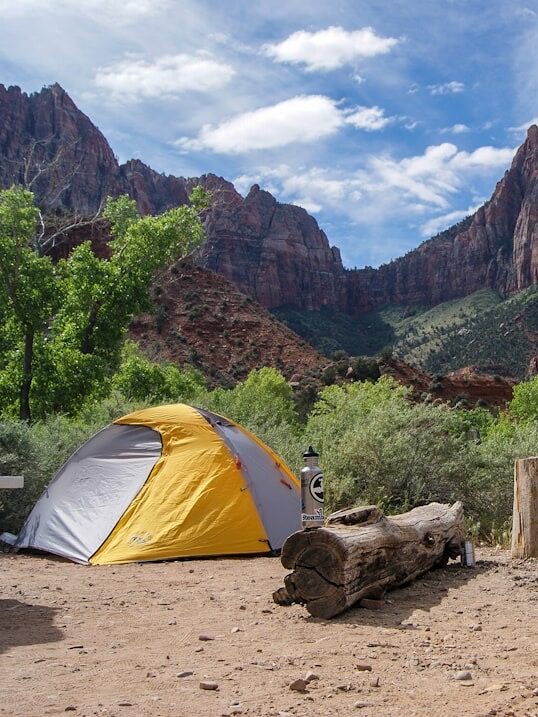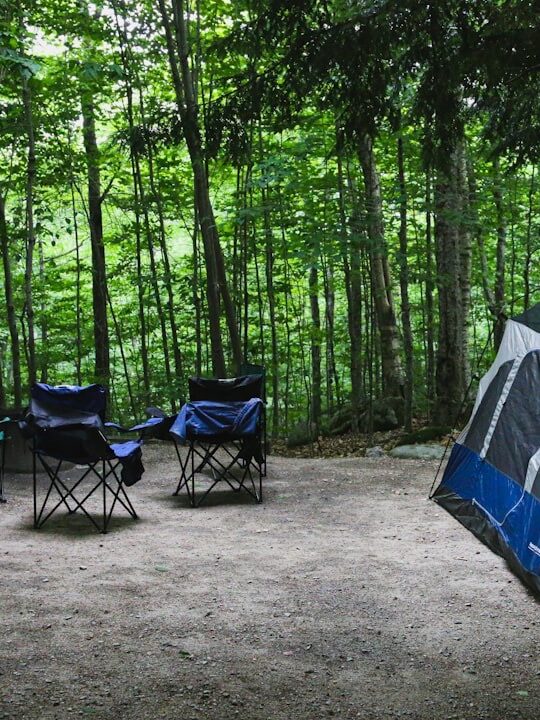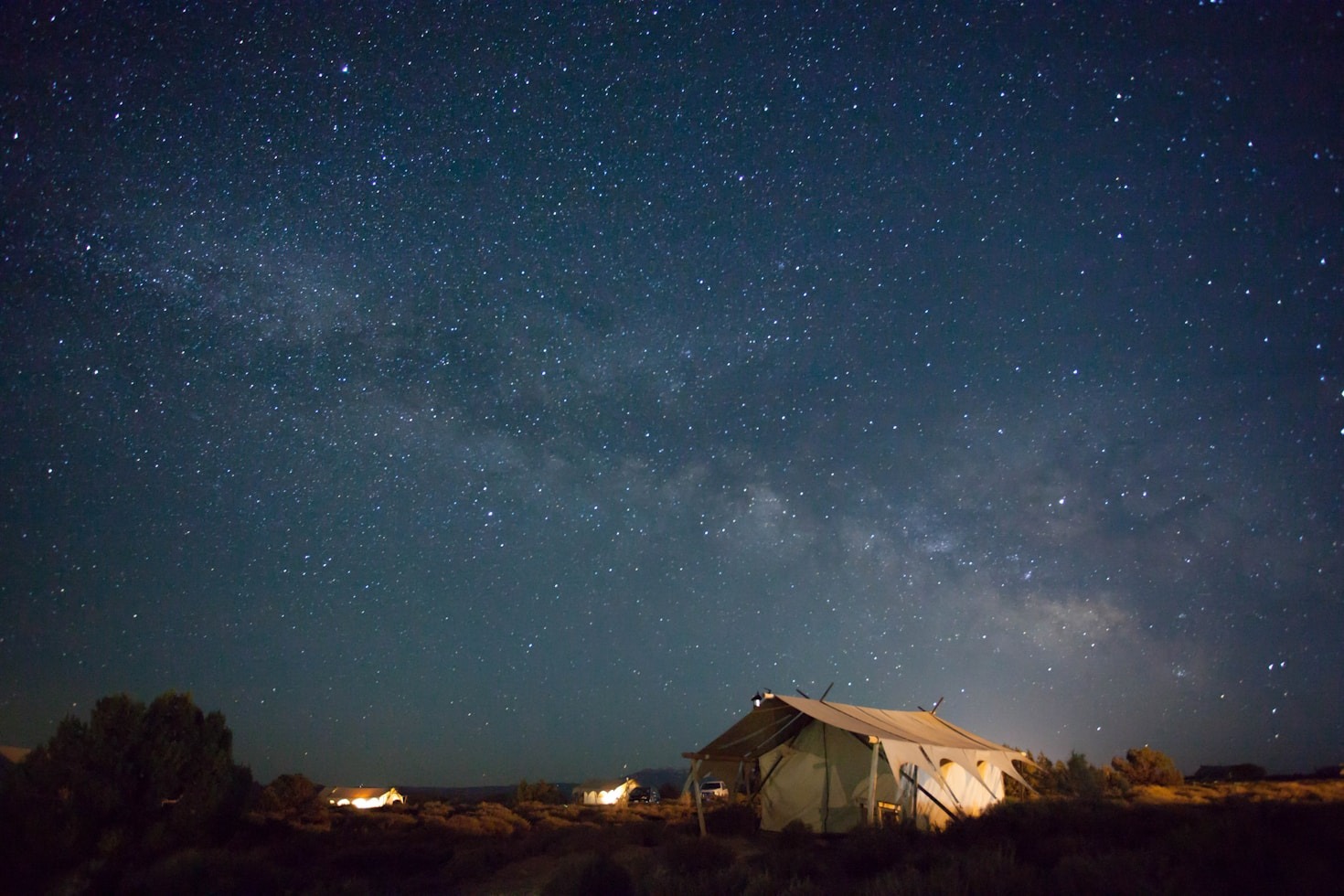You only make the mistake of pitching your tent in the wrong spot once. Maybe it’s a low patch that floods overnight. Or a slope that seemed fine until you slid into your sleeping bag at 2 a.m. Maybe it’s too close to a trail, and you’re woken up by early hikers. Or—and this one’s easy to miss—it’s a little too close to someone else who got there first and was hoping for quiet. You didn’t see them. Maybe they were tucked behind a few trees or had a low-profile setup. And just like that, you’ve got overlapping campfires and awkward eye contact over breakfast. Not ideal.
That said, picking the right campsite is a subtle art. It’s not about finding the best spot—it’s about finding the one that actually works for how you camp. And how you sleep. And, frankly, how cranky you get after a long day.
After a few missteps (and a couple nights parked in regrettable places), here’s what I’ve learned to look for.
A good night outside starts long before you lie down—it starts with where you choose to stop.
1. Stay Flat, But Not Too Low
The perfect campsite is level—but not in a ditch. Look for ground that drains away from your sleeping area. Slight incline? That’s okay. Just make sure your head’s uphill. Flat but soggy ground can make even the nicest view feel like a mistake by morning.
2. Mind the Wind (and the Shade)
Wind can shred a tent or make your stove useless. Camp near natural windbreaks—trees, boulders, ridgelines. But avoid pitching under dead branches (“widowmakers” aren’t just a dramatic nickname). On the flip side, in hot weather, early shade can be your best friend. A tarp helps, but there’s no substitute for smart placement.
Want to upgrade your shade game? A setup like the FSR 270 Awning V2 creates reliable cover in minutes.


3. Think About the Ground Itself
Grass? Nice. Soft pine needles? Great. On the other hand, sharp rocks or exposed roots? Nope. Feel the ground before you commit—it takes 10 seconds and can save your back. And if you’re in sand, make sure your stakes or anchor points are designed to hold in loose soil.
4. Don’t Be Too Close… or Too Far
Proximity matters. To water, yes—but not too close. Think 200 feet away to stay Leave No Trace-compliant and avoid morning condensation. Same with trails: close enough for access, far enough for peace. You’re camping, not eavesdropping on every passing hiker.
5. Consider How the Light Moves
Sunrise over a lake is great. However, it also might mean blinding light in your face at 5:30 a.m. on your one rest day. If you’re setting up in daylight, try to imagine what it’ll feel like at dusk, midnight, and dawn. A good spot shifts with the sun—and works just as well in the dark.
6. Leave No Trace Isn’t Just Theory
Look for durable surfaces. Instead, skip the alpine meadows and crusty desert soil. If someone’s clearly used a site before—and it’s clean, safe, and clear—that’s your best bet. And always leave it better than you found it.
Need a refresher? The Leave No Trace Seven Principles are worth revisiting every season.
Bonus Tips from Hard Experience
- Don’t pitch next to a wash. Flash floods don’t RSVP.
- Watch for ant hills. Surprisingly, they seem minor until you’re cooking on one.
- Snow? Pack it first. Walk the tent footprint down before you pitch.
- In groups? Space matters. Let each tent have a bit of quiet.
Planning your gear for a solid night’s sleep? Check out our Overland Traveler Checklist to make sure you’re not improvising a pillow again.
Final Takeaway
The “perfect” campsite isn’t about a postcard view—it’s about comfort, safety, and knowing you’ll actually sleep well. You’ll figure out your preferences over time. But if you pause, read the ground, watch the light, and trust your gut? You’ll pick right more often than not.


Leave a Reply